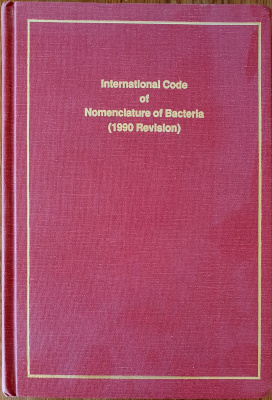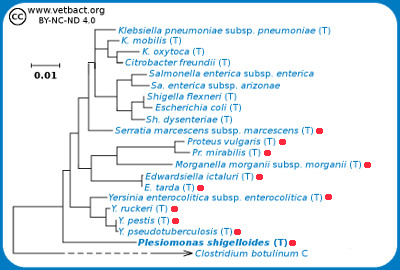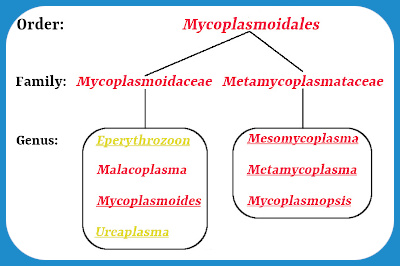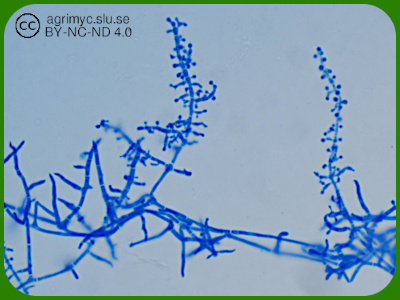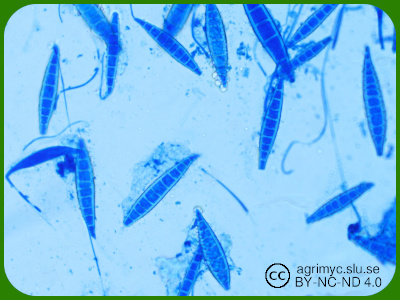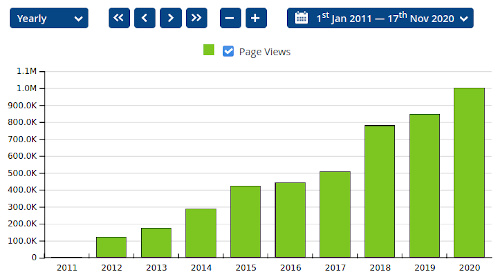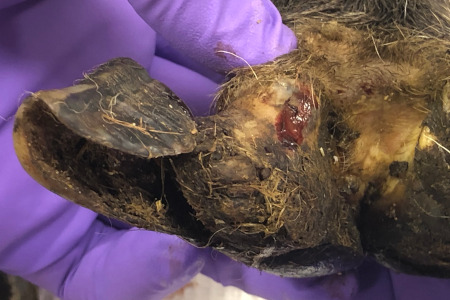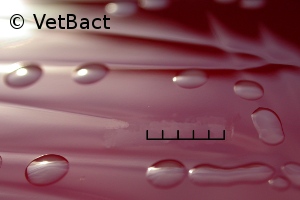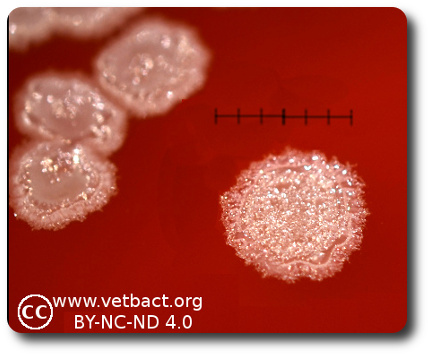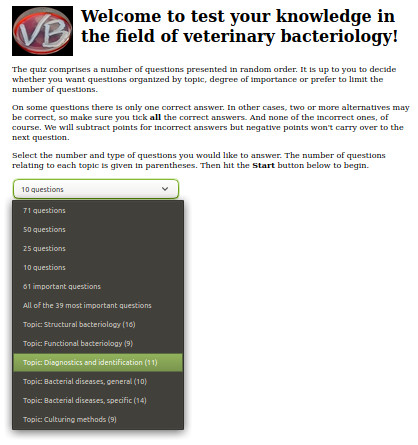Names of the category “phylum” in the taxonomic hierarchy of bacteria were earlier not regulated in the [International Code of Nomenclature of Prokaryotes (ICNP)]. However, in February 2021, the members of the International Committee on Systematics of Prokaryotes (ICSP) have decided that naming of phyla must also be regulated in ICNP. The new names of 42 bacterial phyla were published in an article entitled: Valid publication of the names of forty-two phyla of prokaryotes by Ahron Oren and George M. Garrity. The following rules are important for naming of phyla:
1. In the names of phyla, -ota must be used as the ending.
2. Italics must be used for names of phyla in text.
3. A phylum name must be based on a genus, which constitutes the nomenclature type of the phylum in question.

